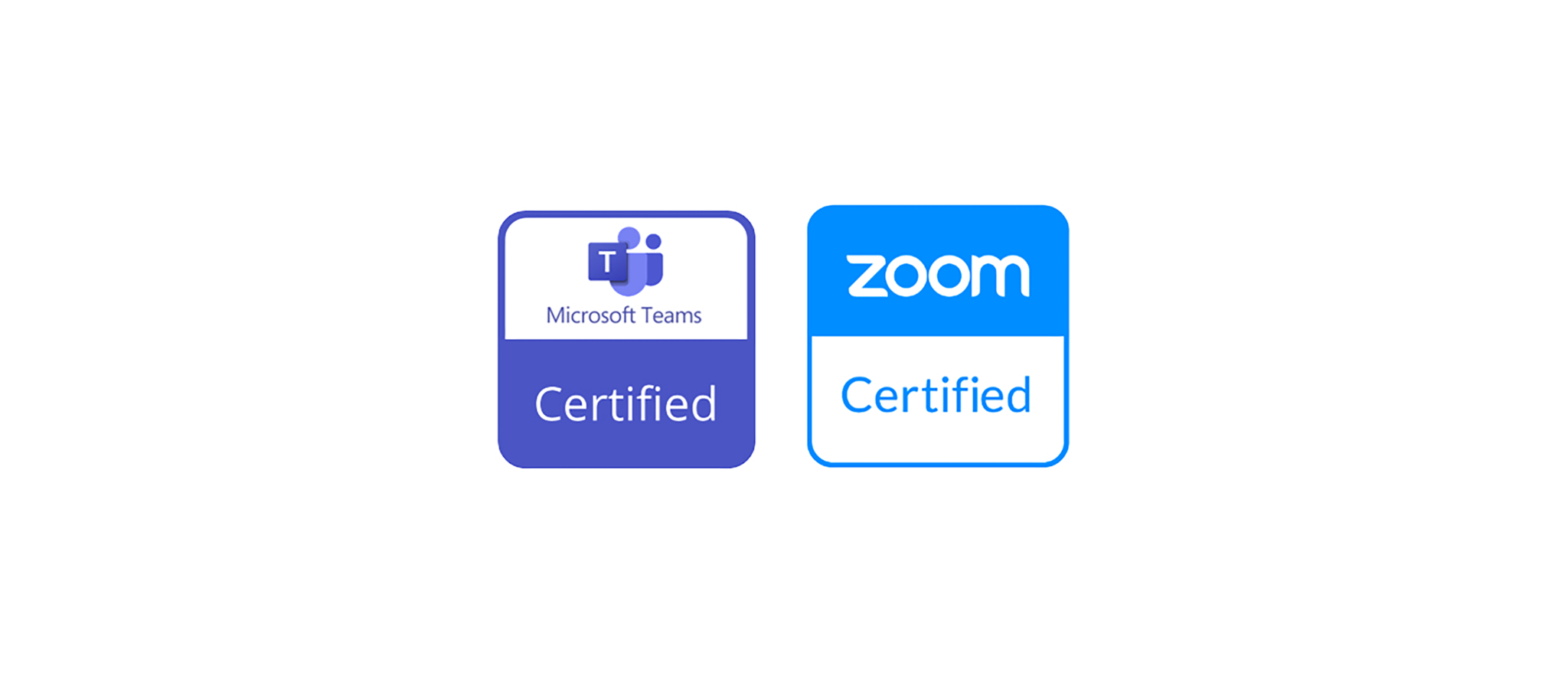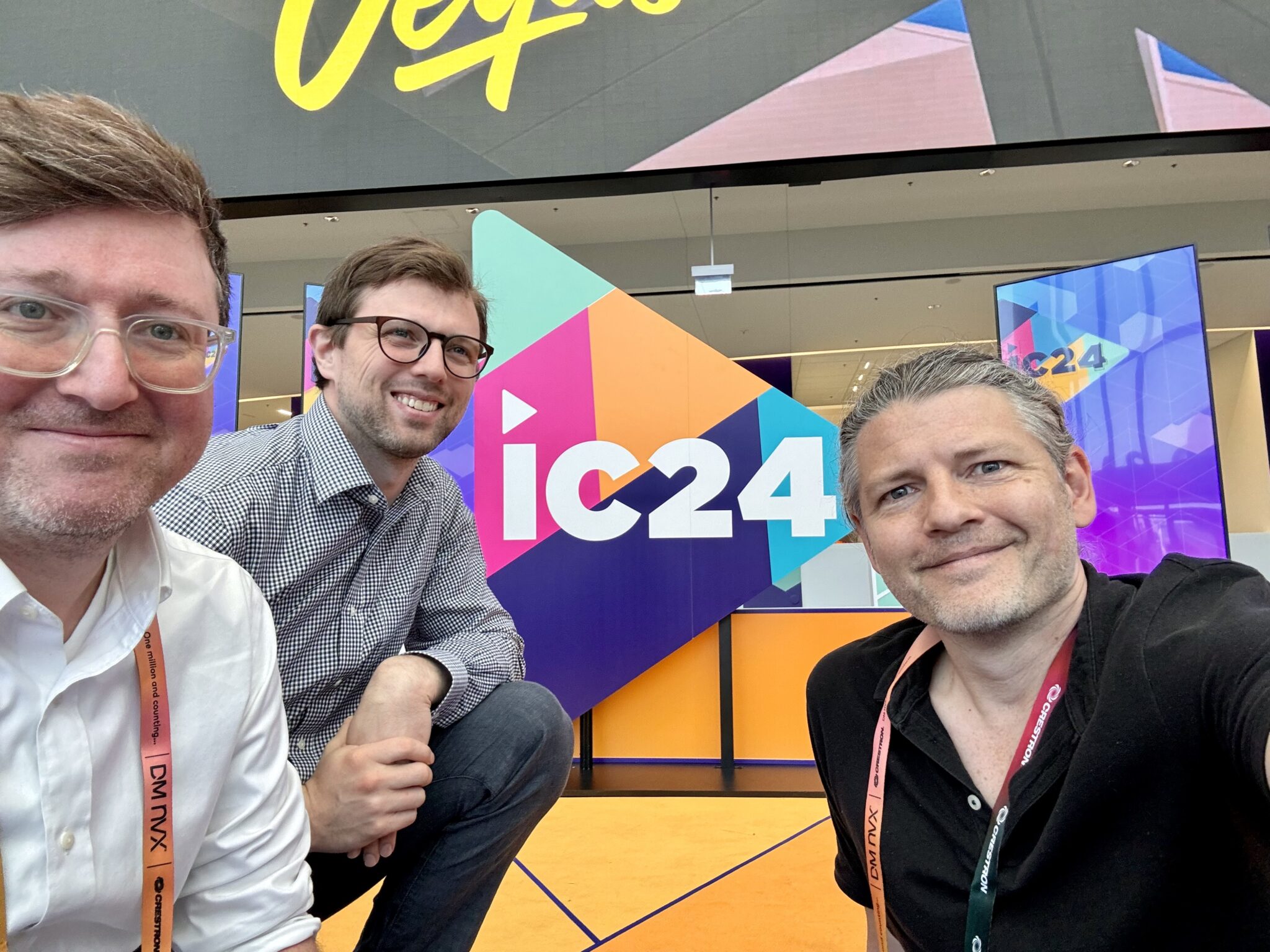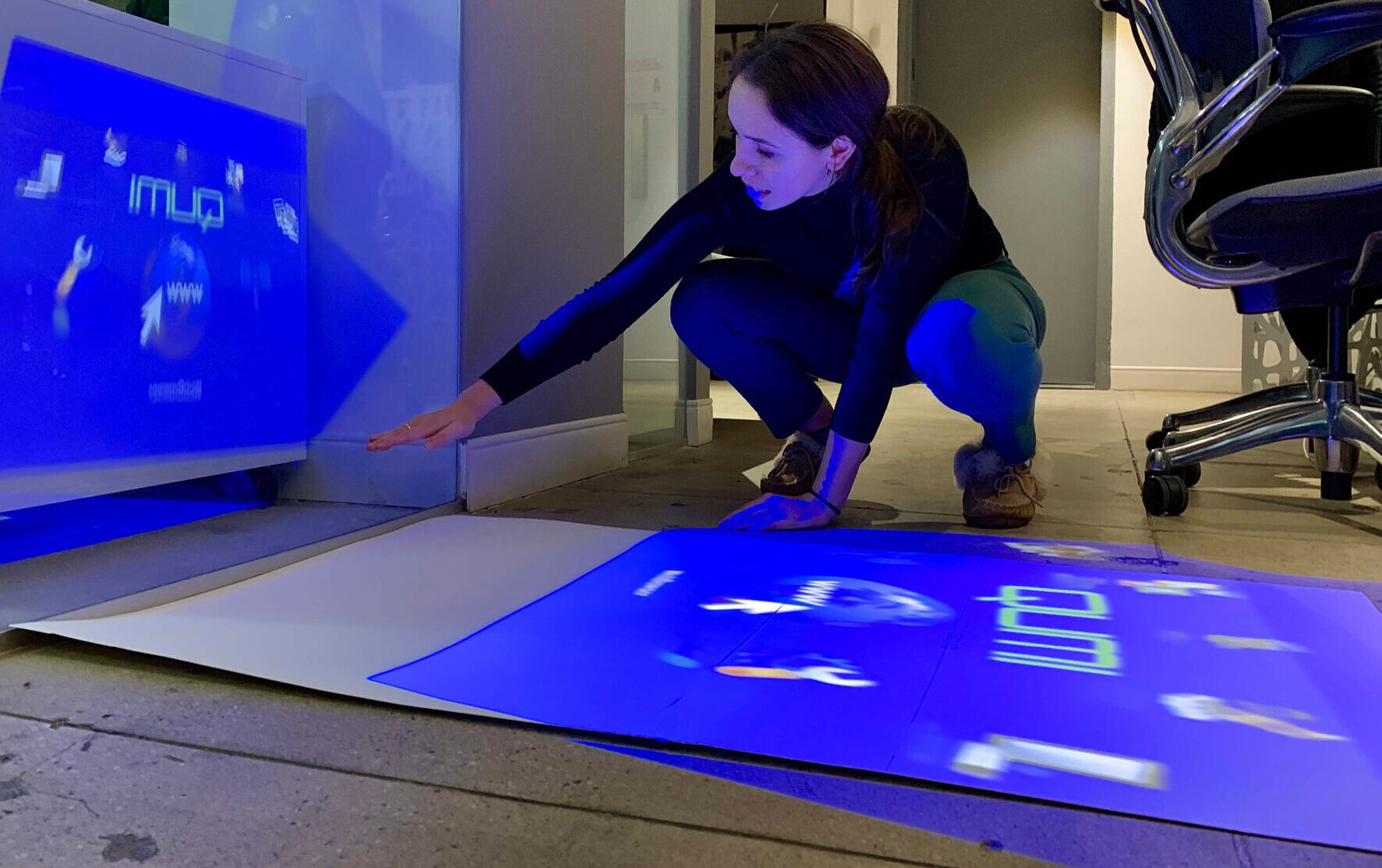With the close of the 2024 Climate Summit in Azerbaijan and the recent news that manmade global warming has surpassed 1.5C degrees for the first time, it is clear in the US that carbon reduction will be the responsibility of individual companies. There has yet to be a sweeping movement to cut carbon emissions that 95% of scientists warn is imperative, however we at TAD remain grounded and hopeful. We believe in taking a holistic, human-centered design approach to problem solving, and that technology in the built environment can make a difference.
Enter the smart building: Smart buildings are being used as a tool to track the net zero and sustainability goals so crucial to our planet’s survival. But this is only part of the equation that makes implementing smart building technology a logical conclusion. When you begin to merge core building management system technologies into unified communications, AV, security, and hospitality services, the synergy can empower you to deliver on your sustainability goals, to create happy user experience moments for your people, engaging your workforce, and to create a tangible ROI for your partners, shareholders and investors.
The smart building can boost your triple bottom line: People, Profit, and Planet.
People
Experiences in the workplace are complex. The worker has changed immensely in recent years, and continues to change. Workplaces need to evolve as well. In order to understand employee habits, companies are using technologies like data lakes, digital twins, and building sensors to gather data that they can then apply to future workplace design decisions, build infrastructure that supports employee preferences, and in turn boost engagement. These technologies are not limited to global enterprises. They can be implemented on much smaller scale with equal effectiveness. At TAD we have included these same tools in our newly built 8,000 square foot office and lab, which offers a flexible working environment, adaptable to user needs and reflective of usage preferences.
Smart building data can also be used to communicate with your people, engaging them in a bi-directional conversation about shared goals. ESG data has historically been presented through dense reports. Smart building technology presents an opportunity to engage users in more direct manner with digital signage and mobile apps. Including gamification elements and feedback opportunities builds a conversation between employees and employer, increasing mutual respect, employee engagement, job satisfaction, and retention.
Profit
There are many insightful reports that demonstrate how smart buildings can help you realize your investment- ACEE, the America Council for an Energy-Efficient Economy, shows offices save an average of 18% by using technologies like occupancy sensors, smart thermostats, and advanced HVAC and lighting controls. These technologies can enhance worker productivity and property value as well, offering financial benefits beyond direct energy savings.
You can also use smart building technology to manage a portfolio of buildings. About 70% of the buildings currently standing are expected to still be in use by 2050. Finding ways to make these aging buildings productive and conform to sustainability practices is more a cost-effective solution than new builds. There are small ways to create operational efficiencies when it is not possible to turn existing structures into certified smart buildings by investing in appropriate technology. For example, audits can identify outdated equipment or high draw equipment can be metered to monitor energy usage. Working with your current technology partners is a great way to identify where your business can create efficiencies.
Planet
In recent years, the AEC industry has been held more responsible for environmental sustainability and the role construction plays in carbon emissions. The movement has spawned a number of standardized scores, including certifications like Wiredscore, LEED, and WELL, and each attempt to set a different baseline for ESG. These scores and certifications are the tools we currently have to help us track what’s going on in our buildings and how much energy we are using.
The challenge is aligning the information from established standardization milestones with the client’s sustainability goals. As a smart building partner, we use already established tools to assist our clients in reducing their carbon footprint. We create a dialogue with our clients to map goals and hold them accountable.
While we know it is important for organizations to take action on a large-scale, it is also important to remember that making small incremental changes, like removing high draw equipment or adding a low power sensor strategy, in aggregate can have an outsized impact on reducing carbon footprint.
Planning and Considerations
Each company has a unique path to building a smarter and more sustainable future. Based on your size you can create a plan based on free resources for businesses available from the UN Climate Council. Mid-sized and larger companies should hire a consultant, like TAD, to build the right strategy, put an infrastructure plan in place, tie in existing systems, build a scalable platform, and identify your long-term ESG goals. At any size, use technology to expand your awareness. Monitoring and adjusting metrics for your physical portfolio of buildings is important, but now it is imperative to use sensors and AI to track and model the world around your spaces as well. In addition to improving your ESG scores, you’ll be minimizing risk to future operations.
While our industry has made progress, there is still so much to do as technology continues to evolve. By aligning smart building technologies with ESG goals, businesses can improve not only their operational efficiencies and employee engagement, but also contribute positively to the fight against climate change. This interconnected philosophy ensures that businesses can thrive in a way that benefits all stakeholders, ensuring long-term success in balancing profit with purpose.
Source and Reference Links






